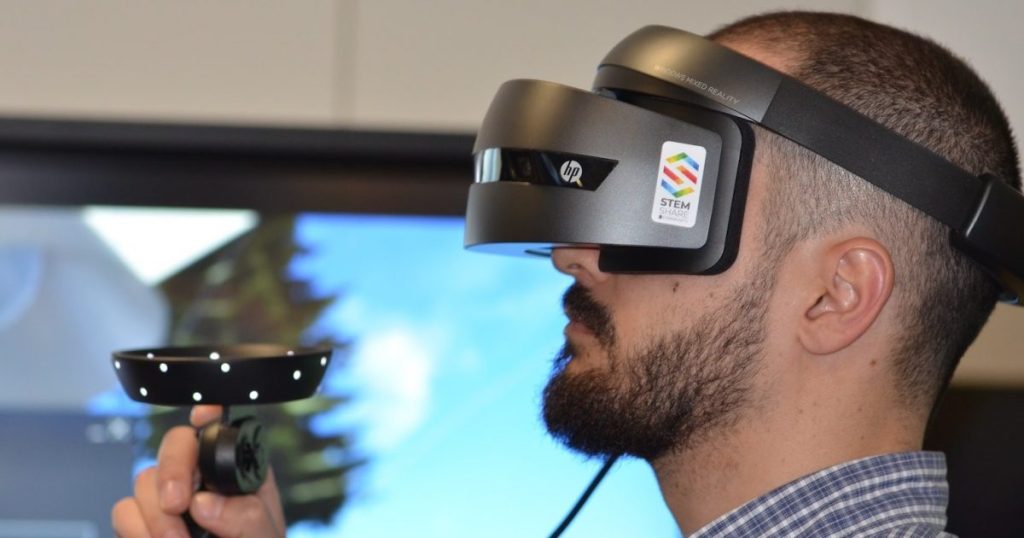Step inside the world of a medical simulation lab, where the balance between cost-efficiency and cutting-edge educational technology shapes the future of healthcare. Discover the strategies for managing hidden expenses and how they pave the way for revolutionary advancements. This in-depth look at medical simulation labs reveals how they are not only optimizing costs but also spearheading transformative approaches in medical training, making high-quality healthcare education more accessible and effective
Navigating the Fog of Current Costs
In today’s healthcare industry, cost discussions are pivotal, especially when examining the economics of medical simulation labs. These labs are at the forefront of educational innovation, yet they face the challenge of cost-effectiveness.
The paradox here is that while routine expenditures in medical simulation labs are often overlooked and legacy systems often hide behind a veil of acceptance, any new technology is thoroughly dissected for its return on investment (ROI).
The situation becomes even more complex in healthcare simulation labs, where hidden costs inflate the budget and restrict innovation.
The Murky Landscape of Status Quo
Traditional cost models in healthcare often fall prey to a dangerous presumption: that existing expenses are fixed. Once a practice is adopted, its costs are rarely scrutinized. In medical simulation labs, this status quo includes not just overt costs like equipment and facilities, but hidden expenditures such as maintenance, software licensing, and staff time. Often, these ‘accepted’ costs can reach up to $650 per hour, yet are they all indispensable? Rarely do we ask this question.
Deciphering the Costs
Operating a medical simulation lab is no small feat. It involves intricate cost layers, from the upkeep of sophisticated equipment to licensing sophisticated proprietary software. Moreover, the staff involved in these simulations often work in ratios that demand one-on-one attention, further increasing operational costs. The complexity of this operation is a perfect example of why we must reevaluate the foggy status quo of healthcare costs.
Consider, for example, the financial implications of training new nurses and the challenge of “being practice ready”. Take, for instance, the training of 150 new graduate nurses in a 12-month program. The 5-day onboarding costs alone can reach approximately $195,650. Add the ongoing Clinical Nurse Educator (CNE) costs of $457,600 annually, and the total quickly surpasses half a million dollars. This figure doesn’t even include potential losses from a 5-10% turnover rate due to poor retention strategies. These staggering numbers provide further evidence that existing cost models require laser-focused scrutiny.
The Innovation Opportunity
Here is where innovation starts to carve its path. Extended reality (XR) technologies are showing great promise in reducing these exorbitant costs. By replacing or supplementing traditional simulation labs by even 15-20%, the cost-saving potential is enormous. But more importantly, such innovation could extend quality healthcare education to smaller, rural facilities, democratising access and raising standards across the board.

Redefining Cost Analysis in Medical Simulation Labs
By lifting the fog that allows current costs to go unchecked, and applying the same rigorous ROI standards to innovations, a balanced ecosystem can be established. Healthcare can move from a model that holds back transformative ideas to one that actively seeks and tests them. Cost modelling then becomes not just a tool for accounting but a key strategy in driving change.
In this optimized scenario, every dollar spent is an investment in efficiency, quality, and innovation. Let’s remove the disparities in how we evaluate current costs versus potential innovations and step into a future that values transformative ideas just as much as fiscal responsibility. This is not just a pathway to reduced expenses; it’s a roadmap to better healthcare for all.
Embracing a Future of Innovation in Medical Simulation Labs
The future calls for an approach where innovation in medical simulation labs is not just stifled but welcomed and embraced as a tool for qualitative and quantitative improvement. This is the path to not only a more cost-effective but also a higher quality healthcare system that serves a healthier, well-cared-for population.
READ ALSO































